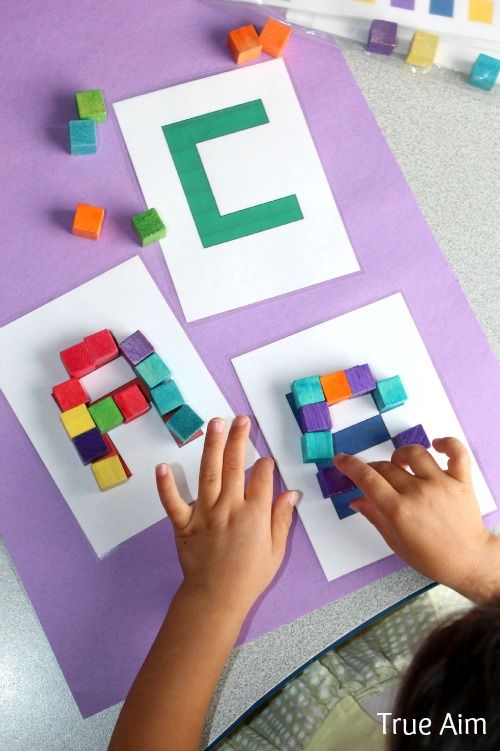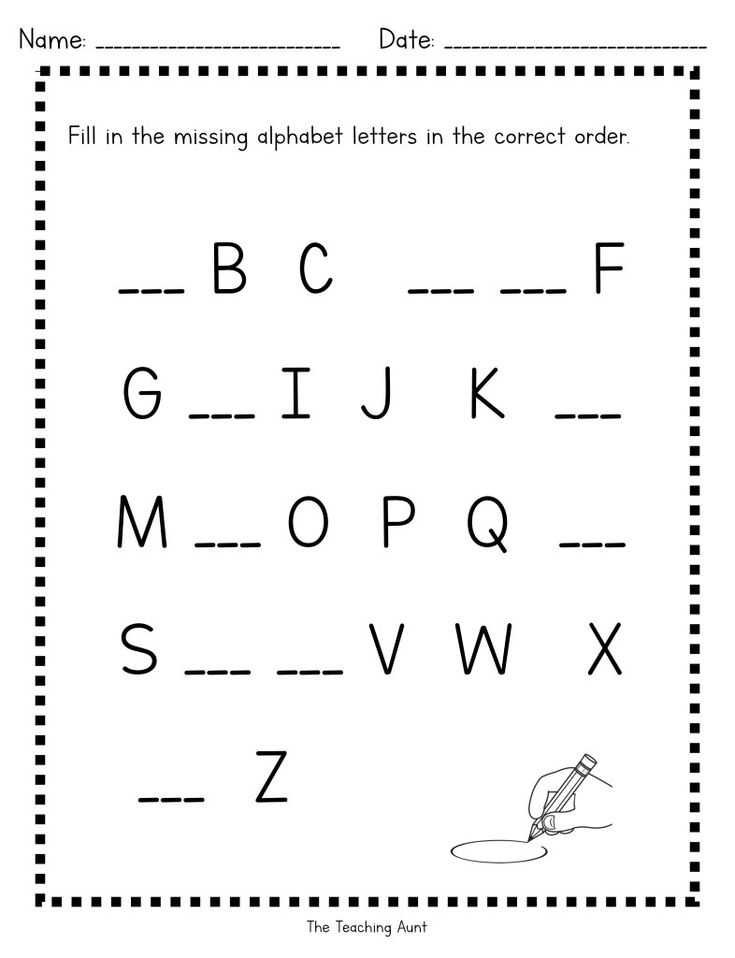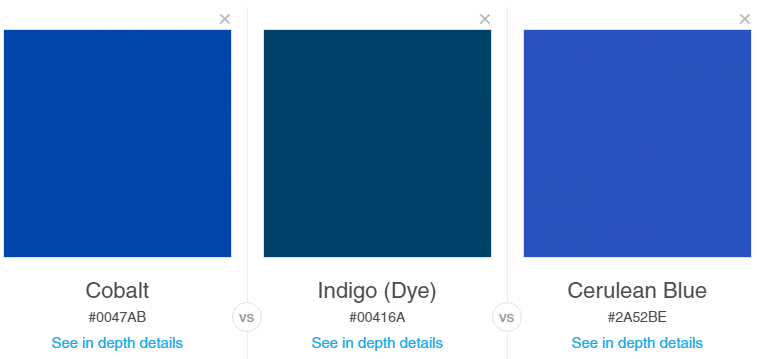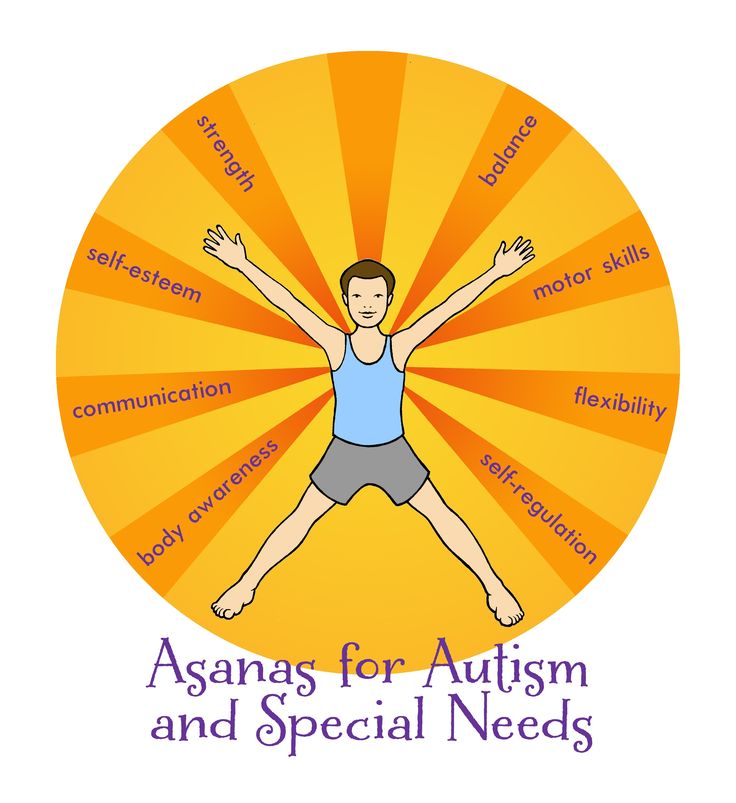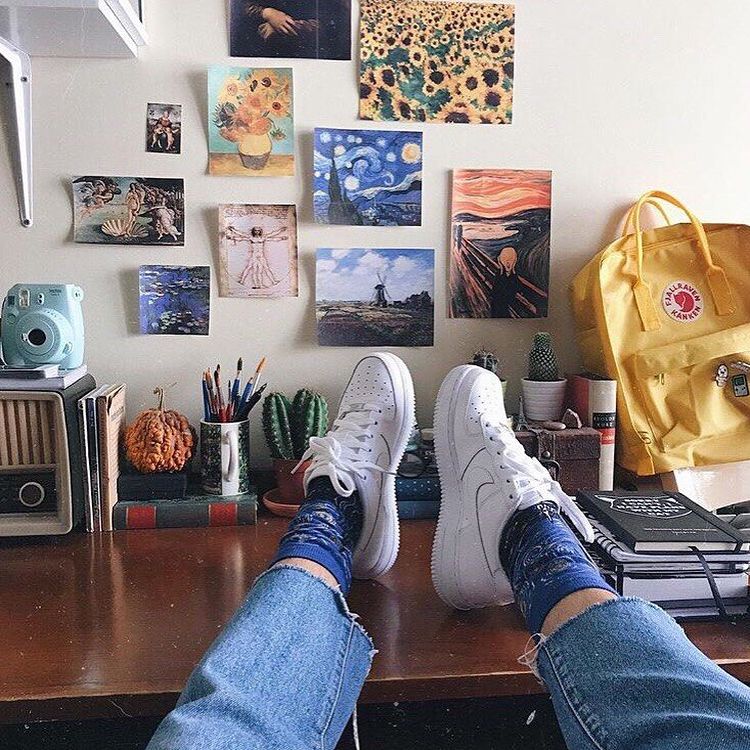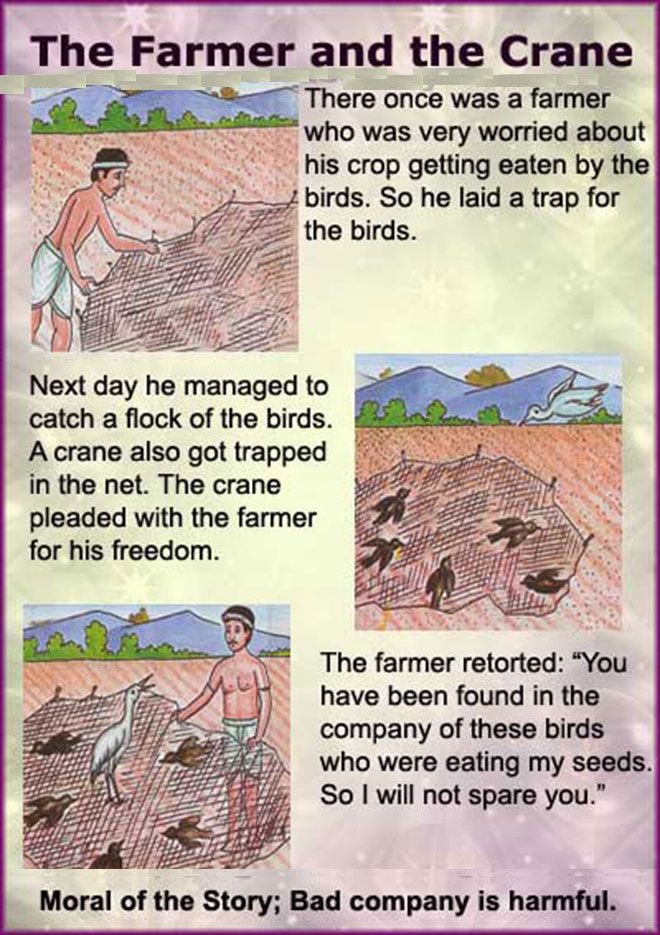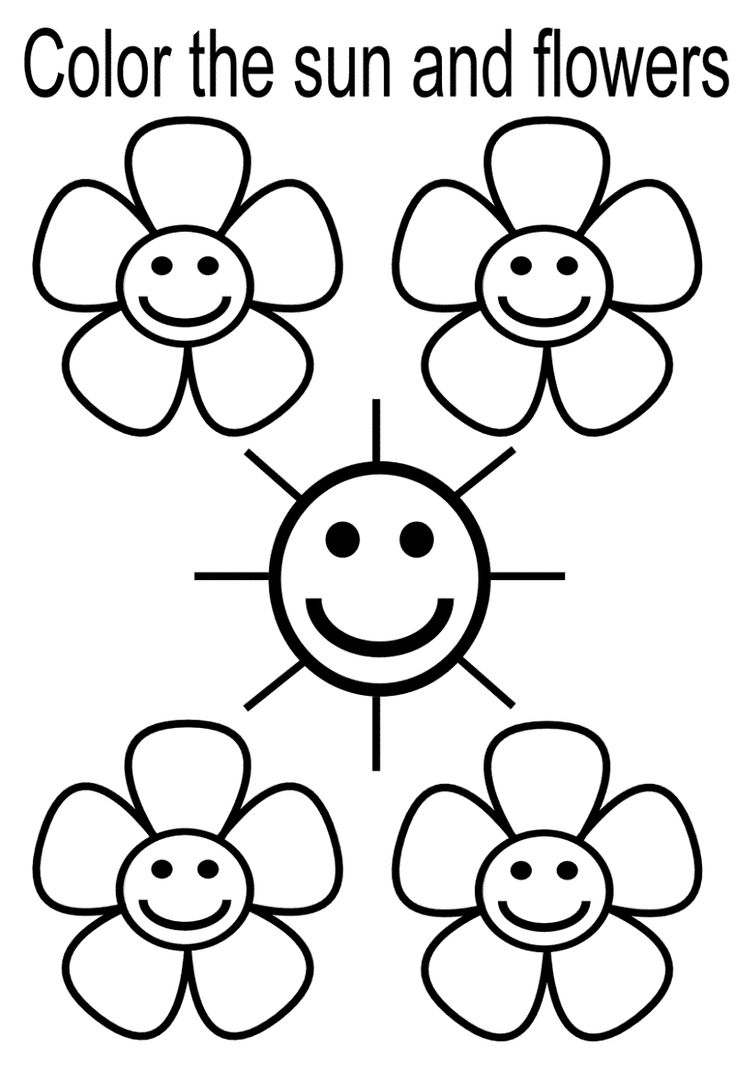Learning shapes and colors for toddlers
Why learning colors and shapes is so important for young children
This post may contain affiliate ads at no cost to you. See my disclosures for more information.
Do you ever wonder why we put so much emphasis in the toddler and preschool years on teaching colors and shapes? I mean, why put so much focus on colors and shapes rather than letters and numbers?
In this post I explain why learning colors and shapes is so important for young children. I also share plenty of ideas for teaching children to recognize colors and shapes.
For more of ideas to teach colors and shapes, see my Teaching Colors to Kids and my Teaching Shapes to Kids pages.
Colors and Shapes: Foundational Skills for Young Children
So let’s start by stating the fact that our world is literally made up of colors and shapes. That is what we see all around us!
A house has a different shape from a tree, which has a different shape from a person or a banana. And the cars, flowers, and street signs around us come in many different colors.
As it turns out, colors and shapes are a key way that we describe and categorize our world. Children will notice that a red flower is different from a yellow one, and that a round bread roll has a different shape than a square slice of bread.
Verbal communication: Teaching children about colors and shapes is a great way to give them some vocabulary for describing the world around them. This opens up new and exciting avenues for verbal communication.
Sorting and classifying: As children learn to identify colors and shapes, they can sort and classify objects around them based on these attributes.
Health and safety: Colors sometimes give us information about health and safety. For example, we use red in our culture to indicate ‘danger’ or ‘stop,’ such as with red stop lights and red stop signs. Colors can also tell us about our health. If a person’s skin has blue marks, it may mean they have suffered a bruise. If a person’s skin turns red, they may have spent too much time in the sun. And black marks on the wall could indicate the presence of an insect, a spider, or even mold.
If a person’s skin has blue marks, it may mean they have suffered a bruise. If a person’s skin turns red, they may have spent too much time in the sun. And black marks on the wall could indicate the presence of an insect, a spider, or even mold.
Letters and numbers: The written symbols we use for letters and numbers are really just shapes. As children develop proficiency at learning shapes such as squares and circles, they are developing the classification and visual discrimination skills to distinguish between ‘k’ and ‘x’ or between ‘p’ and ‘g.’
Learning colors
Most children are unable to differentiate between different colors until at least 18 months of age, which is also about the same time that children start to notice differences and similarities between textures, sizes, and shapes. However, while children can start to differentiate between colors around 18 months, it can take until age 3 before children can fully understand the difference between colors and name them.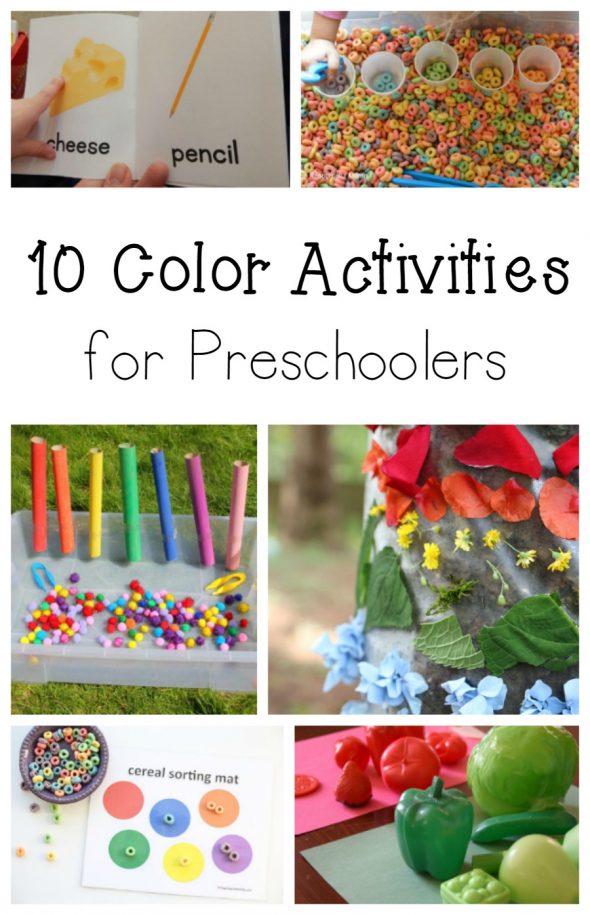
Although naming colors is second nature to most adults, it is actually a cognitively complex task for young children. This is in part because the range of hues that count as a particular color are not innate, nor are they universal among all cultures. In fact, different cultures and languages around the world vary in the number of distinct colors they recognize, from two colors to more than 20!
Teaching colors is best done through playful everyday life experiences. When developmentally ready, many children easily learn their colors as parents and caregivers point out color attributes of objects in children’s environment (e.g., “Throw me the green ball” or “Do you want the red shirt or the yellow shirt?”).
You might also ask your children to match objects by color. Or when doing artwork, make note of the colors the child has chosen to use or ask the child to name the colors in their drawing.
You might also go to the library and borrow books about colors to read to your child.
Here are some links to a variety of ideas for teaching children to identify colors:
- 6 activities for learning about colors
- Teaching colors through everyday play
- Mix it up! Book-based fun with color mixing activity
- Build a 3-D rainbow
- String a rainbow necklace
And for children who can identify the primary colors, these are some fun activities to teach color theory and color mixing:
- Intro to color theory for preschoolers
- Color mixing science with liquid watercolors
- Make your own markers: a practical color mixing lesson
- No mess color mixing activity with plastic bottles
- Color mixing rainbow challenge: Putting color theory into practice
Teaching shapes
It takes most children a few months longer to grasp the concept of shapes than to grasp the concept of color. However, by age 3 most children have developed an understanding of shape and can name several of the most common geometric shapes (e. g., circle, square, triangle).
g., circle, square, triangle).
When teaching shapes, start with the most common shapes (squares, triangles, circles, and rectangles) before introducing tricker shapes like diamonds/rhombuses, hexagons, and stars.
It is best if you can teach shapes in a organic ways. Point out that a tire is round like a circle, the television is shaped like a rectangle, and the slice of cheese your child is eating is shaped like a square.
Consider providing your child with toys that teach shapes through playful means.
Over time I have shared a number of activities that can be used to teach shapes. Most of these activities can be adapted to teach either basic shapes (e.g., circle, square, triangle) or more advanced shapes (e.g., ellipse, parallelogram, hexagon).
Here are some links to a variety of ideas for teaching children to identify shapes:
- Books about shapes
- Trace the shapes art project
- Magic disappearing shapes
- Making shapes on the geoboard
- Sand shapes art project
- How many ways to make a shape?
- Gross motor shapes activity
And here are some links to activities for teaching children to recognize 3-dimensional shapes:
- Identifying 3-D shapes by touch
- 3-D shapes graphing game
- Put the clothes on the shape
- Hands-on exploration with 3-D shapes
- Playful ways to learn about 3-D shapes
More resources for teaching colors and shapes
For more activities that teach colors, see my Teaching Colors to Kids page and my Learning Colors Pinterest board.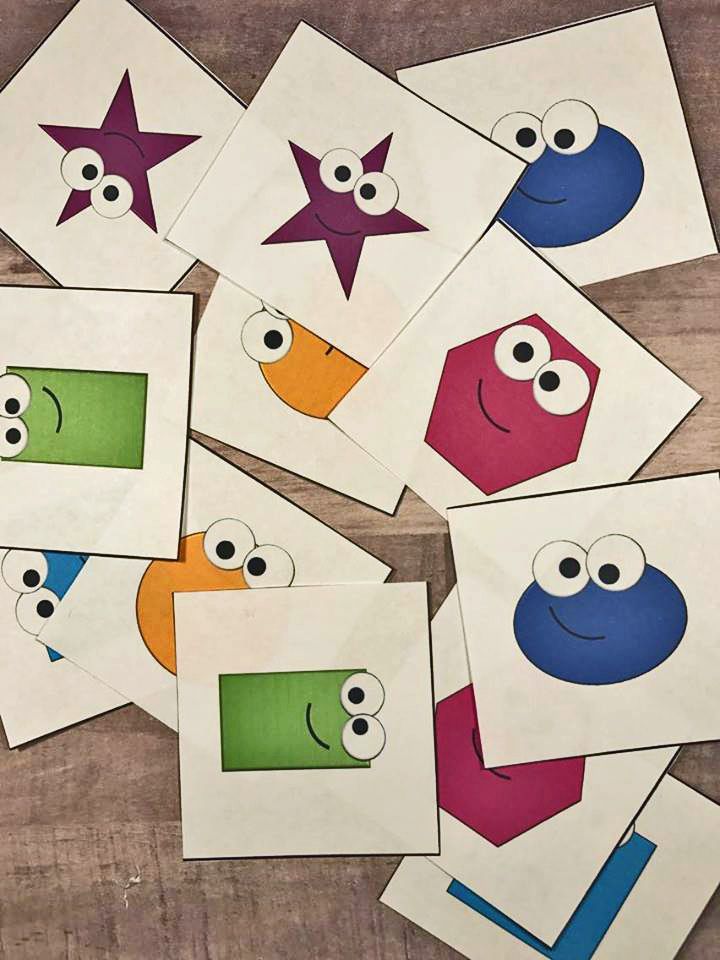
For more that teach shapes, see my Teaching Shapes to Kids page and my Learning Shapes Pinterest Board.
Colors & Shapes - Learn Color on the App Store
Description
A free game for kids that teaches colors and shapes through fun learning games!
When you look out the window, what do you see? Colors and shapes, green trees, square windows, a whole world of things to identify! Colors and Shapes is a fun and educational game for preschool children that helps teach object matching and color recognition skills. It's a beautiful world out there. Help your children learn to recognize and draw it!
Colors and Shapes focuses on basic tracing, matching, and building skills kindergarten kids need to train. It features a number of unique mini-games designed to increase a child's ability to recognize and match shapes, identify and pair up colours, and even solve puzzles through simple touch screen interactions. It's incredibly easy to use and provides a fun learning environment kids will love.
Colors and Shapes includes the following mini-games:
1. Painting - Kids love colouring games! Fill in the blank objects with all kinds of fun paint, then identify the objects one by one. A fun way for children to recognize colours and shapes.
2. Collecting - A fun and challenging game where children tap the correct colored objects and gather them in a basket!
3. Look-alikes - Match up the different items by picking the ones with the same colour. A challenging but fun way to learn colours and drawing skills.
4. Matching - Outlines are at the top of the screen, and a handful of shapes are at the bottom. Challenge your kids to match them up!
5. Tracing - Help your kids trace shapes by following the outline on the screen. Great for teaching shape patterns and recognition.
6. Building - Drag and drop animated pieces on the screen to create a shape in the middle.
Colors & Shapes - Learn Coloring For Toddler Kids is a great learning experience for toddlers, preschoolers, kindergarteners, and children of all ages. Parents will appreciate the customizable difficulty settings. Kids will have a great time learning to recognize different colors and shapes, completing all of the mini-games, and earning sticker rewards!
Parents will appreciate the customizable difficulty settings. Kids will have a great time learning to recognize different colors and shapes, completing all of the mini-games, and earning sticker rewards!
Best of all, Colors and Shapes is absolutely free! No annoying third party ads, no in-app purchases, just pure educational fun for you and your family.
Note to Parents:
When creating Colors and Shapes, we wanted to create the most entertaining and educational game possible for both parents and their children. We're parents ourselves, and we know how frustrating intrusive third party ads and in-app purchases can be. That's why we decided to release this game for free. You and your child can enjoy an uninterrupted learning experience without having to worry about micro-transactions and the like. Just sit down and start learning. It's exactly the sort of educational experience we want for our children, which is why we know your family will love it, too!
Best wishes from the parents at RV AppStudios
Version 1.3.9
New in this update:
- Performance improvements
- Small bug fixes
- New rewards & animations
Ratings and Reviews
852 Ratings
Replaced our subscription app!
We have all these educational apps and they are great for both the 2 yr old and 4 yr old. I love the variety of settings I can choose to customize the learning experience and that both kids can have their own profiles.
There are a few dialect/pronunciation ‘quirks.’ Today I noticed “oinch” instead of orange. I have heard this regional pronunciation before, but it’s still strange. Also, kids can’t easily navigate around the app. The activities are labeled with words instead of icons so it can be hard for my kids to communicate what activity they want to do.
You have to hold and swipe to get back to the main menu. Great for keeping kids where you want them if you only want them in one activity. However I let my kids choose how they use their time. There are little to no stopping points within each activity, like you find in almost any other game. My kids eventually want to try different things. They get frustrated I have to do it for them. Still FIVE stars
For the developers:
1. The arrow to advance to the next page is sometimes hard to hit for adults, let alone kids. A larger, more centrally located button would be more intuitive.2. Icons to label activities
3. Add/increase stopping points
4. Allow adults to turn off the “lock” on the exit feature
5. Consider combining activities in one app so there is an interdisciplinary option.
Thanks for you your great games:)
Great apps for 3 year old
My 3 year old loves the app and the other ones in this developer’s series.
Cute graphics and fun for preschoolers. Love the encouragement from the characters (“good job! I believe in you!”). My review is an update after the sound was “fixed”. If your app sound doesn’t work, make sure the sound is NOT toggled off/muted. On an iPad, it’s very easy for a preschooler to mess around and turn off the noise even though you can turn up the volume and hear other apps. So strange. Anyway, download this app if you have a preschooler, you child will love it and so will you.
It seems that the ringer/silent switch on your iPhone is enabled, please make it disable to get the sound. Hopefully, this will fix the issue. Please update review and rating from 3 star if this fixes the issue. 🙏 Every review from parents matters to us since this is a passion project. :)
Satisfied
I would highly recommend this to everyone who a young one.
Imagine you can even change the language. My granddaughter is 18 months and I have been doing this for 2 months and she identifies 3/4 of her alphabet and numbers Furthermore she can trace them With her fingers
The developer, RV AppStudios LLC, indicated that the app’s privacy practices may include handling of data as described below. For more information, see the developer’s privacy policy.
Data Not Collected
The developer does not collect any data from this app.
Privacy practices may vary, for example, based on the features you use or your age. Learn More
Information
- Seller
- RV AppStudios LLC
- Size
- 159.8 MB
- Category
- Education
- Age Rating
- 4+, Made for Ages 0–5
- Copyright
- © 2022 RV AppStudios
- Price
- Free
- Developer Website
- App Support
- Privacy Policy
More By This Developer
You Might Also Like
Learning colors: how to teach a child to distinguish colors and shades
It is generally accepted that by the age of three a child should learn to distinguish between primary colors.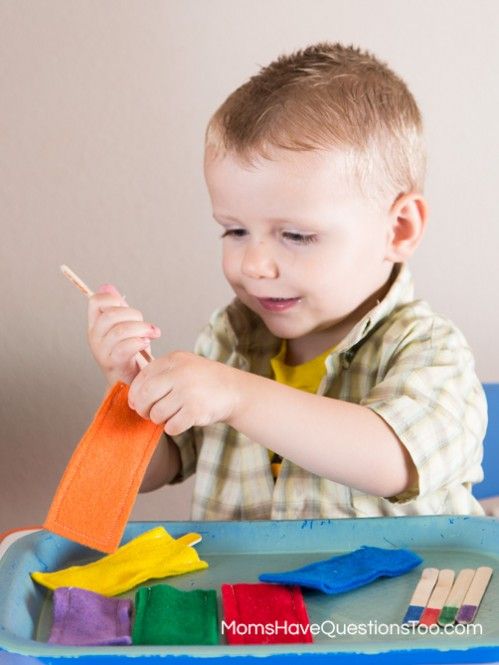 This skill is an important part of sensory development, it gives the child the opportunity to see the world in a new way. Often, if the baby does not know or confuse colors, parents have concerns about the pace of development of the child. Do I need to worry if the study of colors is not easy for a child? How to teach a child to distinguish colors? You will find answers to these questions in our article.
This skill is an important part of sensory development, it gives the child the opportunity to see the world in a new way. Often, if the baby does not know or confuse colors, parents have concerns about the pace of development of the child. Do I need to worry if the study of colors is not easy for a child? How to teach a child to distinguish colors? You will find answers to these questions in our article.
At what age does a child begin to see colors?
Studies have shown that children begin to perceive colors by 2-3 months. The first colors a child sees are yellow, orange, red, green. At this age, babies can already react differently to their toys of different colors (for example, a red rattle can please a child more than a blue one), look at bright pictures with enthusiasm. The baby's world quickly acquires colors, but if we talk about the ability to consciously find an object of the right color, then usually it appears in children at the age of one and a half. It is at this age that it is optimal to start learning colors in a playful way.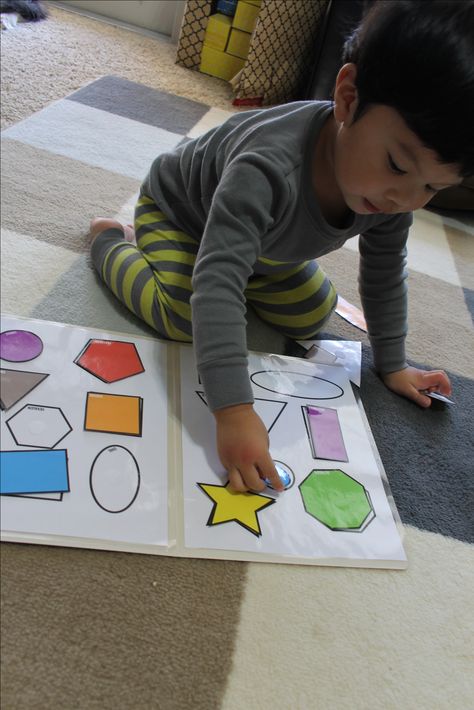 You can voice the names of flowers to a child for up to a year, this will only benefit him. But do not demand too much from the baby, remember that his brain is actively developing, and as soon as the time comes, you will certainly see the results.
You can voice the names of flowers to a child for up to a year, this will only benefit him. But do not demand too much from the baby, remember that his brain is actively developing, and as soon as the time comes, you will certainly see the results.
To see if your child is ready to learn colors by playing with building blocks, ask your child to point to a part that is the same color as yours. If the baby can find objects of the same color, then he is quite ready to memorize the names of colors.
Learning colors in everyday life
Children get most of their knowledge about the world in everyday life: communicating with adults and peers, observing nature, playing. The study of flowers is no exception. Sometimes a child does not need to do special exercises to learn to recognize colors. For this, it is enough that he hears the name of the color and associates it with a specific thing. During daily activities, voice for the child what color the objects are around.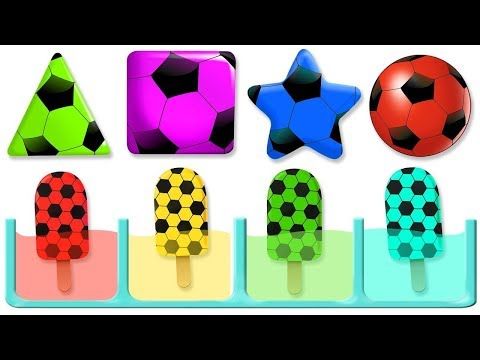 Whether you are drawing, playing with blocks, looking at cars in the yard, reading, swimming, eating, dressing - in each of these situations, you can gently teach your child to distinguish colors.
Whether you are drawing, playing with blocks, looking at cars in the yard, reading, swimming, eating, dressing - in each of these situations, you can gently teach your child to distinguish colors.
It is important that the study of colors does not turn into torture. You should not constantly test the child's knowledge by asking him which color is which. Soon the baby may just start to ignore you. “Let's paint the sun yellow!”, “What a delicious green cucumber!”, “Oh, where did the blue cube go? Here he is!" are examples of how you can gently help your child remember colors.
Games for learning colors and their shades
In order to get your baby interested in learning colors or to reinforce the knowledge they already have, you can offer your child to play special “color” games.
Color Sorting
Sorting games are designed to help children learn to group objects by color.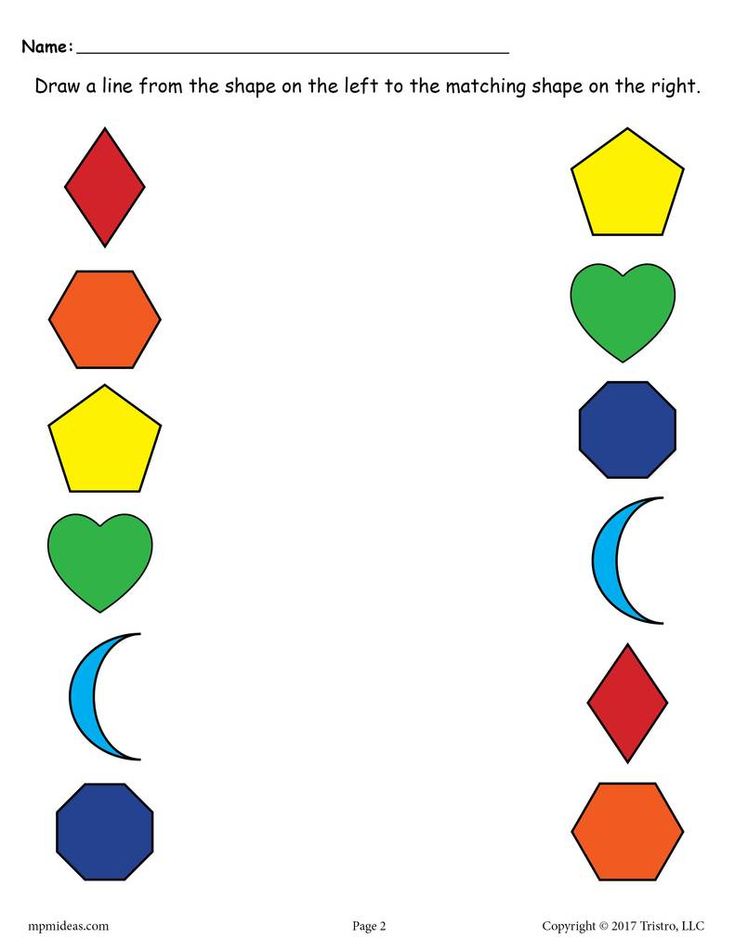 Any materials at hand can be items for sorting: toys, covers, designer parts, cubes, buttons, cereals, pencils, etc. You can organize the game in various ways:
Any materials at hand can be items for sorting: toys, covers, designer parts, cubes, buttons, cereals, pencils, etc. You can organize the game in various ways:
You can come up with as many options for sorting by color, it all depends on your imagination. So that the child does not lose interest in the task, connect the plot of the game with his favorite characters, toys (for example, a cat will eat from a yellow bowl, and a baby elephant from a red one, etc.).
Match a Pair
Help your child learn colors with the Match a Pair series. Ask your child to find a petal for a bug, a pot for a flower, a roof for a house, etc. You can present the baby with a deliberately wrong option and ask to correct the mistakes.
Pick up a patch
Show the child the picture with the missing details. Ask him to fill in the gaps (this can be done with plasticine, pom-poms, caps, cards, etc.).
Color Lotto
At the age of about one year, children begin to be interested in various lottos.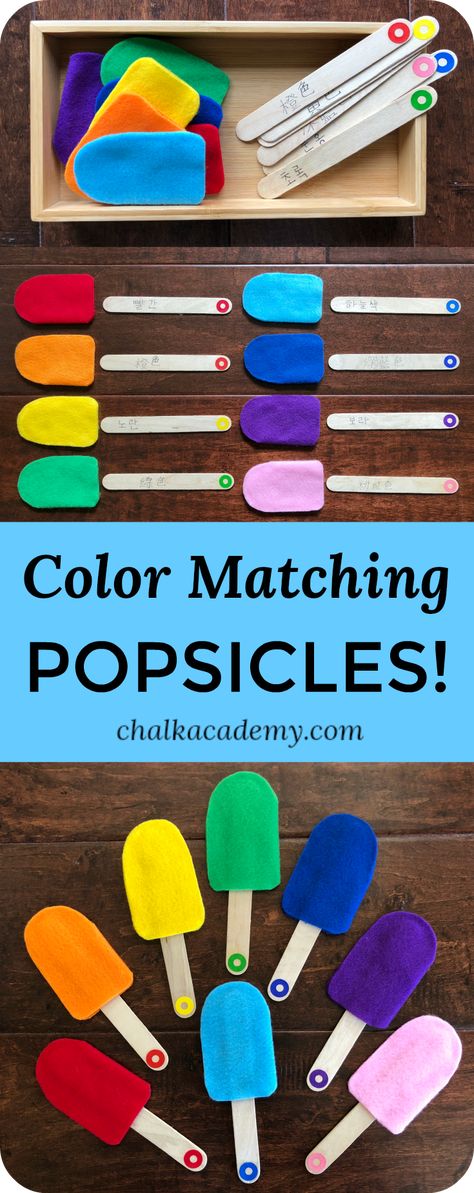 In the color lotto, the task is to collect pictures of the same color on the card.
In the color lotto, the task is to collect pictures of the same color on the card.
Colored Sensory Boxes
Create a sensory box for your baby where everything is the same color. During the game, the child will be able not only to remember the color that he sees, but also to develop fine motor skills, tactile sensitivity, thinking, and imagination.
Color days
This is one of the most interesting and popular ways to teach your child to distinguish colors. Its essence is that during the day (or several days) you draw the child's attention to objects of a certain color. For example, on a yellow day, you can dress in yellow clothes, play with yellow toys, draw a yellow chicken. Surrounded by one color, the baby will easily remember it.
Cards for learning colors
You can learn colors with your child using cards. With the help of Doman's "Colors" cards, you can introduce your baby not only to the main colors, but also to different shades.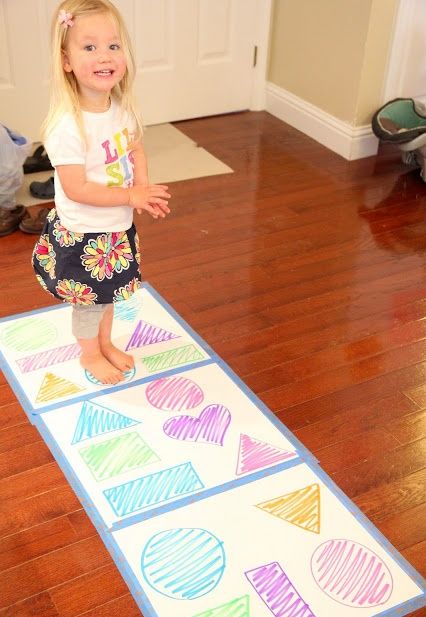 It is important not to overload the child with unnecessary information about the names of 10 shades of green or red. Learn only those shades whose names you can use in the game and life.
It is important not to overload the child with unnecessary information about the names of 10 shades of green or red. Learn only those shades whose names you can use in the game and life.
Board games for learning colors
Board games are a great way to learn about colors and consolidate knowledge about them. Currently, the stores offer a wide range of similar games for every taste and budget. Choose a game that suits your child.
Educational cartoons
There are many educational cartoons on the Internet that will help your child memorize colors quickly. Here is one of them:
Educational books
If your little one loves to listen to stories and look at pictures, this is the way for you. We all remember the wonderful story of V.G. Suteev "Rooster and paints", by S.Ya. Marshak has a whole “Colorful book”. You can also find many educational books that will become your faithful assistants.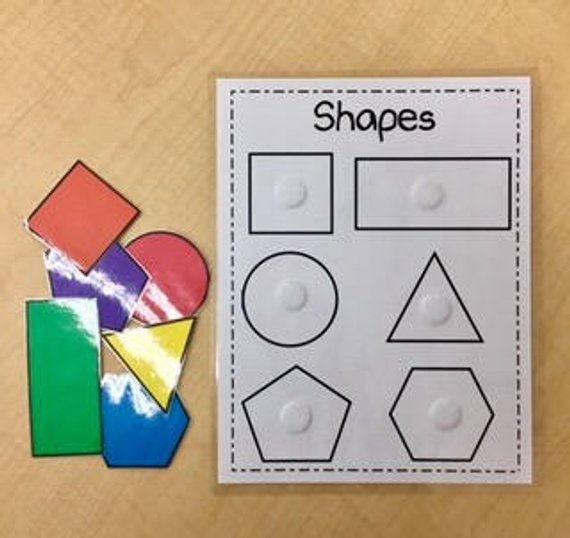
Conclusions
We have listed for you different color learning games. In order for a child to master the concept of color well, it is worth adhering to a number of principles: do not rush the baby, provide a variety of material for games, discuss what you see.
Conclusion
You can start studying colors from an early age, the main thing is that it is interesting for the child. It is impossible to specify clear age limits when a child should learn primary colors. This process, like all development, is individual for each baby. The Sozvezdie Development Center has created a Montessori environment for kids, aimed at the comprehensive development of the child. In the classes "Together with Mom" children in a playful way get acquainted with the concepts of color, shape and size, do thematic creative work. You can learn from our teachers how to interest a child in an activity and how to properly present him with cognitive information. Develop with us!
Prepared by a Montessori teacher
Sokolova Oksana
Learn colors - colors for children.
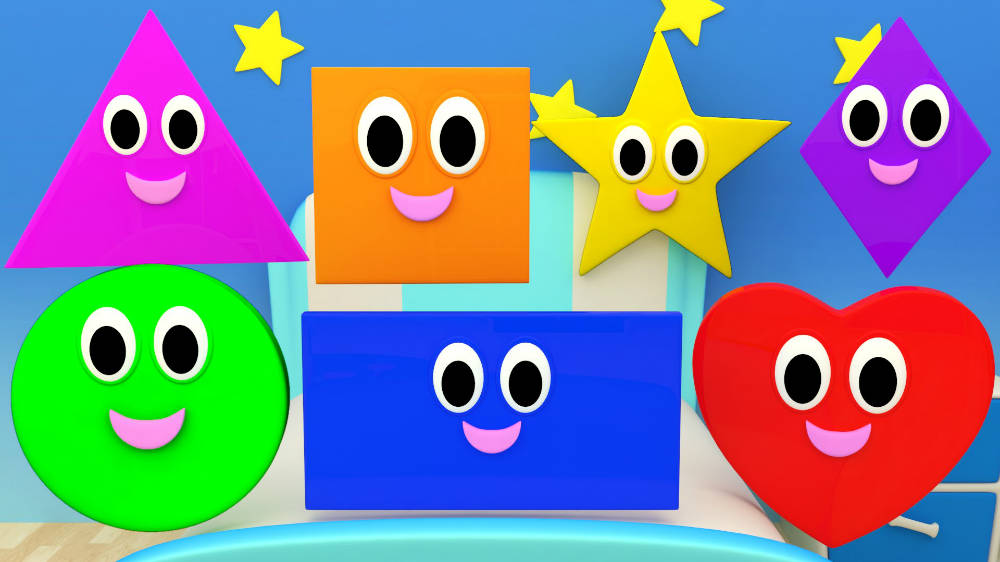 Learning Colors with a Child - Practice Activities - Child Development
Learning Colors with a Child - Practice Activities - Child Development How to Learn Colors with a Child
Learning colors is very important for children. There can be no full-fledged development of the baby without this knowledge. Learning a varied color palette - what could be more fun for the little ones and how can a child be interested in learning them? How to make classes useful and fun? This will help you with practical tasks that are posted on our website. They are characterized by the following:
1) Simplicity and efficiency. Classes require time, perseverance and patience. And also creativity and knowledge, which are not enough (not all parents have a pedagogical education). A modern approach to children and old-fashioned ways will help you, as a parent, to teach your child colors. Learn colors with kids and Childdevelop!
2) Individual approach. How to teach a child colors? It would seem that such a simple task, but the child stubbornly confuses colors, does not want to listen, is naughty, it is difficult for him. Are you running after him and want to achieve results? Certain tasks, games and the experience of specialists in pedagogy and psychology will help you solve the problem and methodically approach this task. And you will see concrete results very quickly. Colors for children will no longer be an impossible topic to study.
Are you running after him and want to achieve results? Certain tasks, games and the experience of specialists in pedagogy and psychology will help you solve the problem and methodically approach this task. And you will see concrete results very quickly. Colors for children will no longer be an impossible topic to study.
3) Learning colors with a baby. It has long been no secret for specialists where to start, how to learn colors with a child, in what order they should be taught, and what practical tasks to use for learning colors for children.
4) Job benefits. How to teach a child to recognize colors and distinguish them? Our tasks will help you get your child interested in learning colors. These methods will push you to use not only when learning colors, but in the future - for learning numbers, letters, sizes of shapes and more.
5) Step by step instructions and good advice. Perhaps you will understand your mistakes in teaching colors to children. For example, few people know that you should not often use (and it is better to exclude at the first stage) diminutive forms (call the colors blue, green, etc.